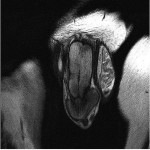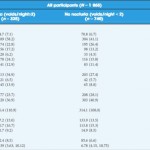Editorial: Does cold exposure cause nocturia?
We have all experienced that changing from a warm environment to a colder external temperature may provoke a sudden compelling desire to void. This feeling fits quite well with part of the definition of urgency following the International Continence Society definition. Consequently, it is logical to suspect that cold exposure during daytime may influence bladder behaviour and hence contribute to nocturia episodes. These Japanese authors [1] performed a cross-sectional analysis as part of a community based cohort study in 1127 home-dwelling volunteers aged ≤60 years. Living room and bedroom temperatures were measured for 48 h and the participants completed voiding charts and nocturnal urine collection, but were excluded if >12 h were spent outside their house. The mean age of the participants was ≈72 years and nocturia was present in 30.8%. A decrease in daytime indoor temperature of 1 °C was associated with a higher odds ratio for nocturia and this was independent of outdoor temperature and other potential confounders. Furthermore, the association was independent of nocturnal urine production and hence reflect a direct effect on bladder behaviour, probably due to detrusor overactivity. However, a change of indoor temperature modified nocturia in only 29.3% of participants, and varied significantly in individuals. Nevertheless, these findings could be used as a population approach to reduce the prevalence of nocturia and hence the eventual impact on quality of life and morbidity that is known to go together with nocturia.



